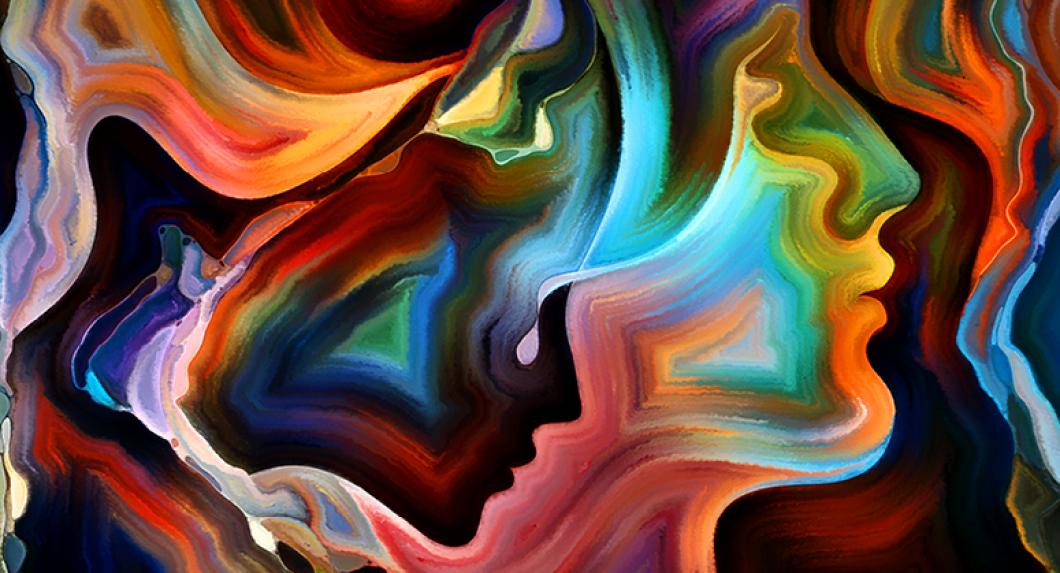Human rights workers are often witnesses to the human toll of atrocities and injustices, but their own mental health and the traumas they experience can be a taboo subject, says Margaret Satterthwaite ’99, professor of clinical law and faculty director of the Center for Human Rights and Global Justice (CHRGJ): “There is a discourse around it being self-indulgent to even focus on your own mental health.”
Satterthwaite, whose own research has included gender-based violence, disapperances, and torture, understands the disturbing experiences that advocates can encounter both personally and in relation to their work. Now, Satterthwaite is working to understand the effects of human rights work on the mental health of advocates and to discover new ways to encourage resilience in the human rights community.
“Human rights work is about injustice, so the response to injustice will logically include being very upset about its toll,” Satterthwaite says. The key, she adds, is to ensure that the response includes both self-care and transforming the feelings of trauma and depression into action. “This is particularly relevant for advocates from communities that experience the trauma of discrimination, violence, and microaggression in their daily lives, as well as in their work.”
In order to study this issue, Satterthwaite helped develop an an online survey, conducted over the course of five months, to measure the levels of burnout, stress, post-traumatic stress disorder (PTSD) among human rights advocates. Of the 346 human rights workers in more than a dozen countries who took the survey, 19.4% reported symptoms of PTSD; 18.8% reported some indications of PTSD, although not enough for diagnosis; and 14.7% reported symptoms of depression.
Satterthwaite developed this study with Sarah Knuckey, director of the Human Rights Clinic at Columbia Law School, and Adam Brown, director of the Sarah Lawrence College Cognition and Emotion Laboratory. Although Satterthwaite notes that the survey was not designed to collect statistically representative data, it lays groundwork for further empirical study of mental health in the human rights field—a subject that has gone largely unexamined by scholars.
Satterthwaite, Knuckey, and Brown have written about the results of their survey in PLOS One, on OpenGlobalRights, and have an article in the Columbia Human Rights Law Review forthcoming this spring. The next step in their research, Satterthwaite says, is to study the practices that movements and organizations already have in place to address the psychological impact of human rights work and to evaluate what more organizations could be doing to support advocates.
She points to the work of feminists and anti-racism activists as sites of innovation. Satterthwaite credits the Black Lives Matter movement, for example, with pioneering work to advance“healing justice,” which links the imperative of dismantling systems of oppression with the need to heal from the effects of those systems. Similarly, the Mesoamerican Women Human Rights Defenders Initiative, she says, “has created a respite program for women human rights defenders,” she says. Their programs help advocates from different human rights movements support one another and give them the time and space to reflect on their experiences, allowing them to reemerge into their work with restored energy.
As the director of the Global Justice Clinic, Satterthwaite was particularly motivated to study the mental health effects of human rights work in order to better prepare her students for future human rights careers. “If I’m going to teach students how to handle these issues, I’d better know for myself, too,” she says. In fact, Satterthwaite already works to emphasize the importance of peer support among her clinic students and has held workshops on mental health strategies, including a recent one on “Building Resilience for Social Justice.”
Even advocates who are not working directly with traumatized clients and communities can be affected by the atrocities they encounter during their research. One example Satterthwaite cites is the worker who must watch violent videos in order to look for particular emblems on soldiers’ uniforms. Strategies to reduce the impact of these kinds of videos include taking frequent breaks and turning the volume off, Satterthwaite says: “People always make the joke to go look at cat videos on YouTube, but the main thing is to do something that you know helps you, and to get up, walk around, and get out of that space.”
Posted March 9, 2018

